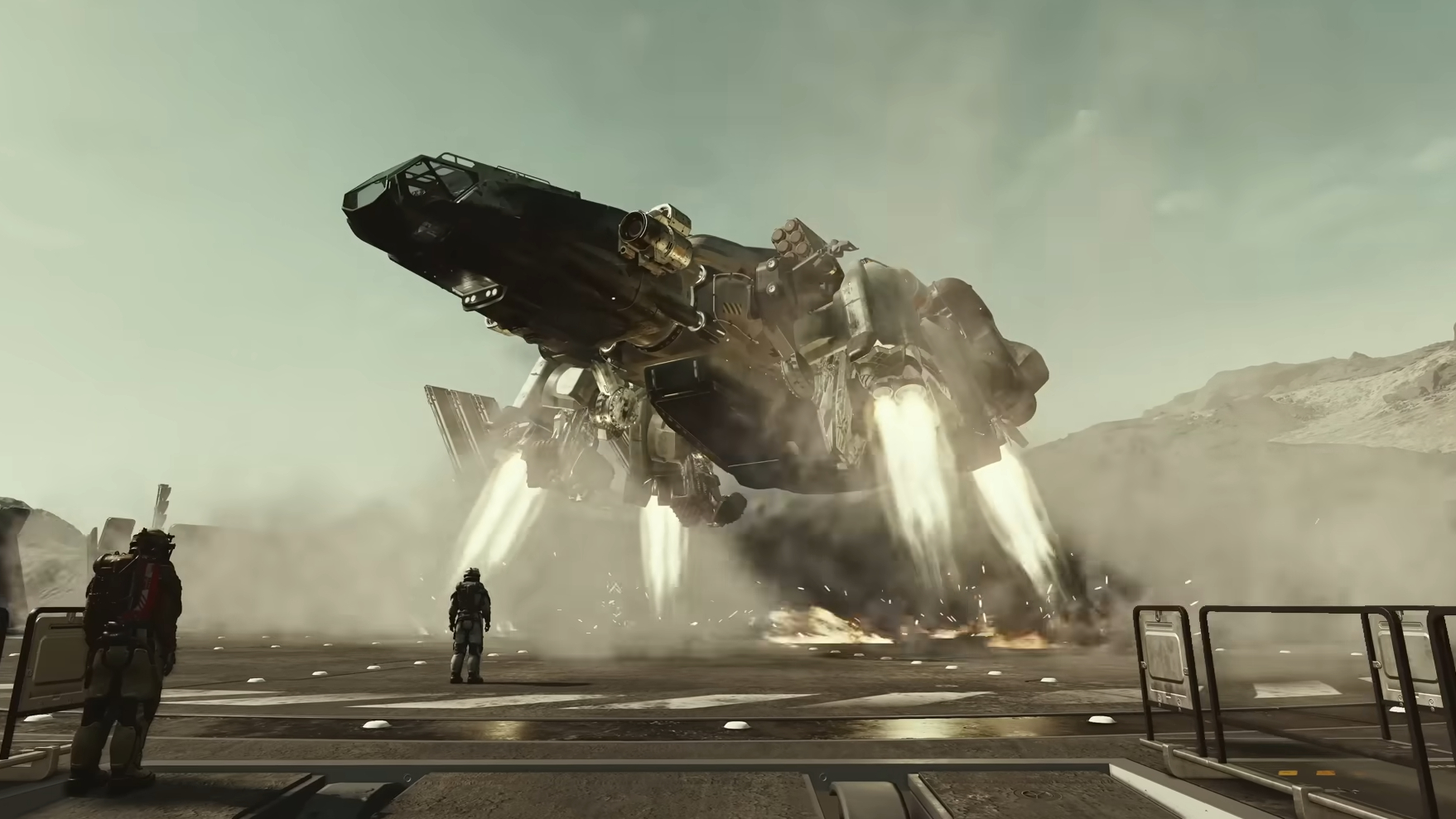TechRadar Verdict
Starfield is a technically solid systems-heavy role-playing game that works well with a surprising degree of polish compared to previous Bethesda RPGs. Despite this, Starfield has no sense of character and the story lacks impact.
Pros
- +
An endless amount of things to explore
- +
Deep skill system that rewards you for using the skills you use
- +
Excellent starship combat
Cons
- -
Middling ground combat
- -
Patchy writing
- -
Game feels soulless
Why you can trust TechRadar
Platform reviewed: Xbox Series X
Available on: PC, Xbox Series X|S
Release date: Early access: Sept 1, regular release: Sept 6
Starfield wants to cast you as the lead in a brand new mystery of the week sci-fi series. Whether that’s Firefly, The Mandalorian, Stargate, or whichever flavor of Star Trek takes your fancy, Starfield has you covered. The role-playing game is best enjoyed like this too; as a lightweight and competently made amusement box that lets you interact with the world around you in whichever way suits you best.
It’s quite an achievement. While some situations are going to require a quick trigger finger or an orbital dogfight, you’re often free to explore at your own pace and solve problems in your own way. I prefer to jetpack around and shoot all of my problems with a laser pistol, but if you want to try to persuade people or even forge a new life away from the game’s main story running resources between outposts and making a mint you can. Several of these paths can even be blended together, something I expect most players will do in their first playthrough as they get to grips with the game.
Bethesda Game Studios’ latest RPG will feel familiar to fans of Fallout’s 3D outings and even perennial fantasy favorite The Elder Scrolls 5: Skyrim. The offering here is much more polished, and there are notably fewer bugs than many meme accounts would have you believe. Ultimately there’s a whole universe here for players to dip into.
Playing the ‘Field
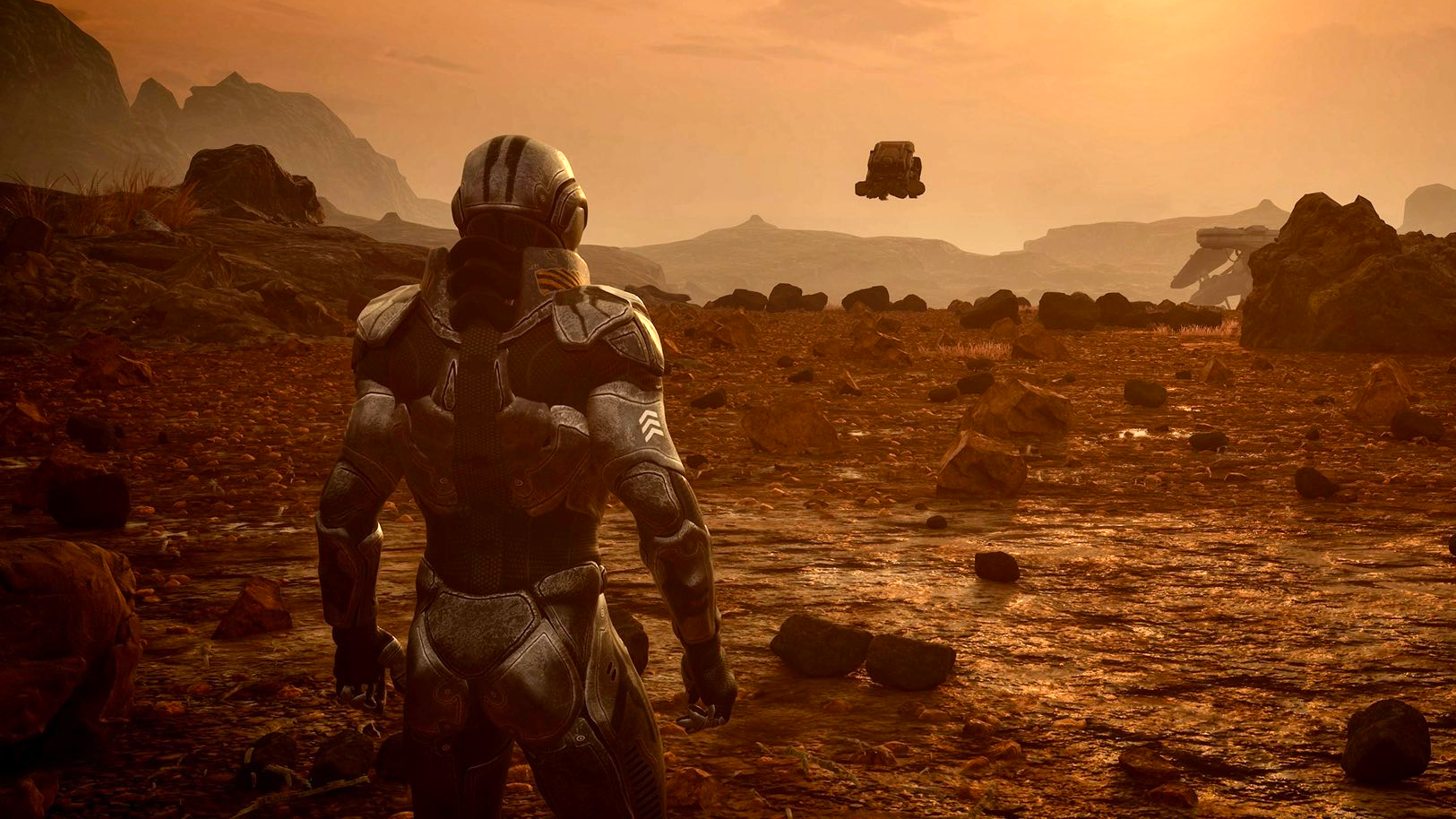
But you won’t do it alone. Starfield pits you as a starship captain and you’ll slowly accumulate people to man your vessel, accompany you as you explore, and even staff your outposts. While the majority of the writing in Starfield is somewhat patchy, the companion characters are fleshed out and interesting enough to jet around the universe with.
You can hire your future space friends from bars, but you’ll also get a regular flow of recruits from the game’s main story or side quests itself. Many characters in Starfield are looking for a bit of hope and something new. Often, your arrival brings that hope and you can then choose to add them to your crew - whether they can get their new life depends on whether you add them to your galaxy-hopping A-team, or assign them to oversee water production on a dead world.
If they’re on the ship, they’re getting a ticket to the main event. Building spaceships is one part of Starfield that feels expansive and, even on a controller, toggling power between your ship’s different systems is easy to do but feels surprisingly intricate. The way parts of your ship slowly thrum to life as you power up various systems is satisfying, the clunky way you power through space makes fights feel tense, lasers and ballistic rounds bouncing off your shield as you keep an eye on the all-important hull strength.
There’s even ship-based stealth, where you cut the power to all of your ship’s systems and chug slowly forward in the hope of avoiding detection. When this goes wrong, and it likely will, you’ll get into dogfights that feel thrilling but also mechanically complex. Tweaking your shield and weapon power levels to try and get an advantage in fights feels crunchy and satisfying, while you can also board disabled ships and take them for yourself if you’re that way inclined, making space combat a satisfying diversion to scuffling around planetside.
Conversely, on-world combat feels very similar to Fallout 4 or Fallout: New Vegas, although many planets have their own gravity and the addition of boost packs - a jetpack, proving that a rose by any other name does smell just as sweet providing the rose is a jetpack - means that firefights feel quite different to most other games. If you want to pretend to be Boba Fett, you can do that. I, in fact, did that fairly regularly.
Unfortunately, enemies feel spongy, and often you’ll pump round after round into an opponent without much in the way of feedback. Combat often feels quite weightless, but can be helped with a few damage-boosting skills.
Skills to pay the bills
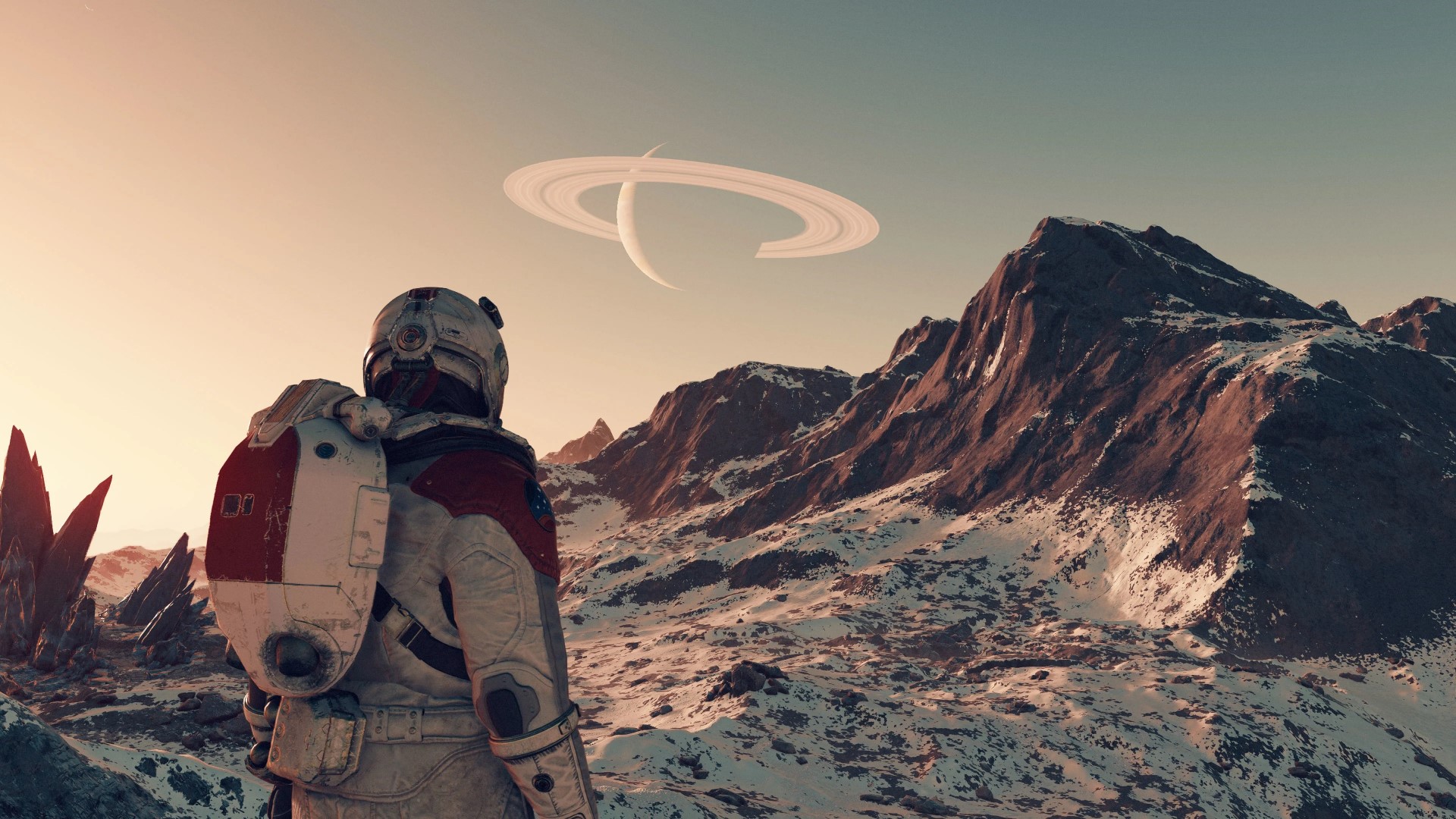
Starfield’s skill system is one of my favorite parts of the game. You can buy skills in any order that you want and some of them will unlock new game mechanics: the stealth skill gives you a detection meter to help in skulking around, while the targeting skill allows you to use your ship’s weapon systems to target individual parts of a ship. Use these skills enough and you’ll finish their challenge - killing enemies with a pistol, crafting objects, getting sneak attacks - and can then buy the next level of the skill which will give you even more benefits.
There are several different families of skills and you can slowly progress through them, and it’s really clear to see how these different trees can intersect to create unique situations. My character started with skills in speech, pistols, and piloting but I quickly found myself swotting up in research, gaining proficiency with melee weapons, and then - due to my innate desire to gather items like some sort of spacefaring magpie - skills in weightlifting to let me carry everything.
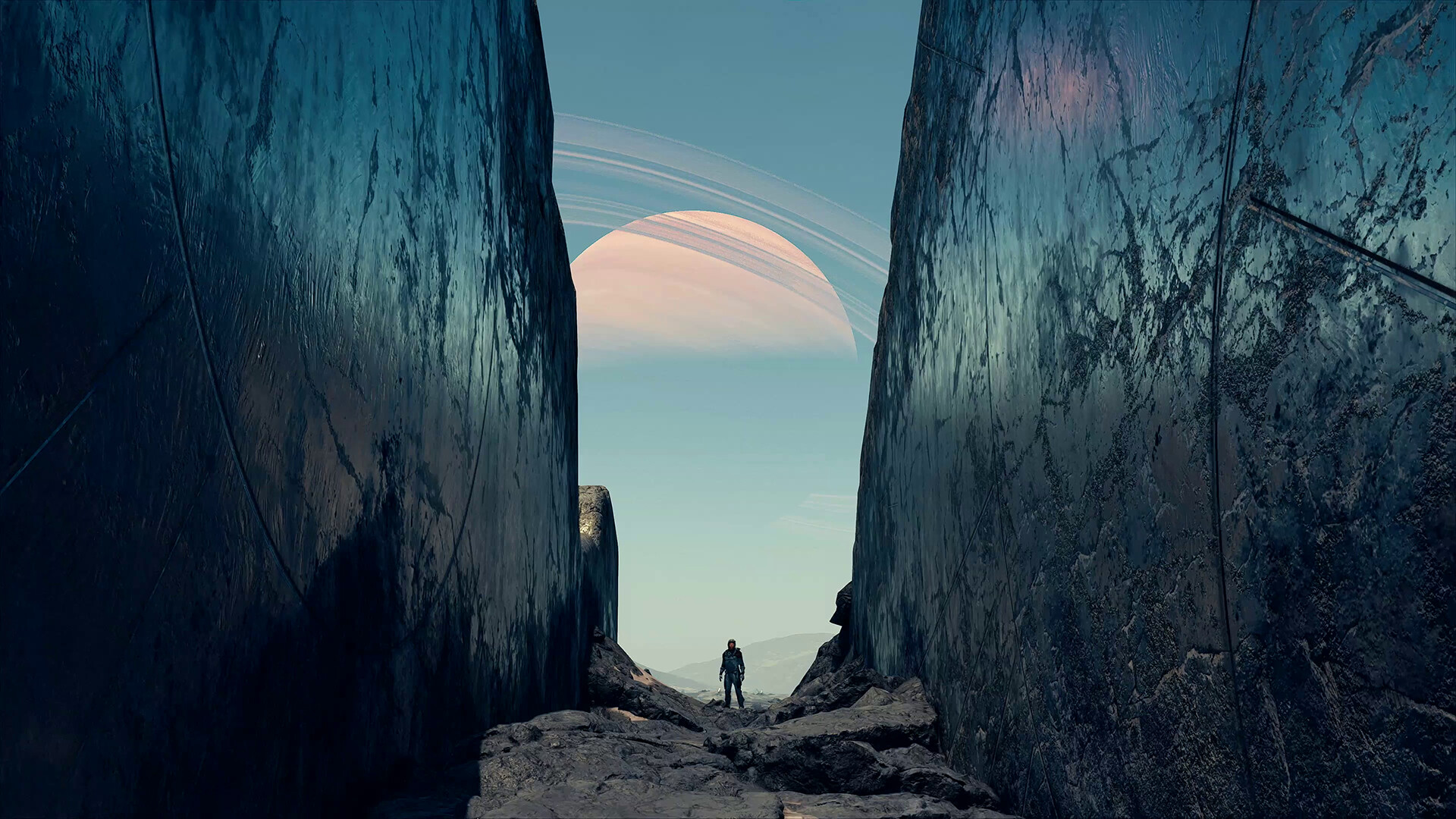
Docking with a space station that wouldn’t respond to my hails, I found myself in the middle of a zero-G shootout in a space casino. As spacers descended on me from all sides, my pistol rounds were knocking bodies and props flying through the station as I used a boost pack to float through the station and outmaneuver my enemies.
There are some games that you just don’t want to write reviews for. Starfield is, unfortunately, one of them because of the weight of expectations, fans clamoring to hop into a spaceship and throw themselves into the vast inky blackness of space. There’s something about space that seems to do this to people: just look at No Man’s Sky or Star Citizen, both games about pirouetting through the void that have been victimized and lionized by people in equal measure. Writing about Starfield, then, is a bit of a poisoned chalice. If it’s bad people will get grumpy. If it’s good, people will get grumpy. I’m not sure how people will react to the reality: that Starfield is competent and well-made but has the same lifeless eyes as the uncanny valley NPCs that inhabit its sprawling cities.
Starfield isn’t like those other space games: there is a full universe to explore but the playspace here is actually broken up into a lot of little chunks. You won’t be flying your ship from orbit down to the planet, and you can’t even use your ship to get around on the planet. There are a thousand different worlds to explore, but many of them are barren and good for nothing more than gathering resources in a pinch, the planet able to provide a platform for your building but very little else. On the ground itself, you also can’t explore willy-nilly - the planets are parceled up into little packages of land for you to charge around. You’ll rarely notice that the universe is split up into these vignettes: you’ll fast-travel around much more often, and in all of my playtime I’ve run into this issue once or twice.
For some, that will be an unforgivable error: an open-world game portioned off by loading screen toll gates. If this is you and you’re bristling away, my advice is just to get over it. It won’t impact your enjoyment of the game. Hardly any of the little qualms in Starfield will impact your enjoyment.
A titanic undertaking
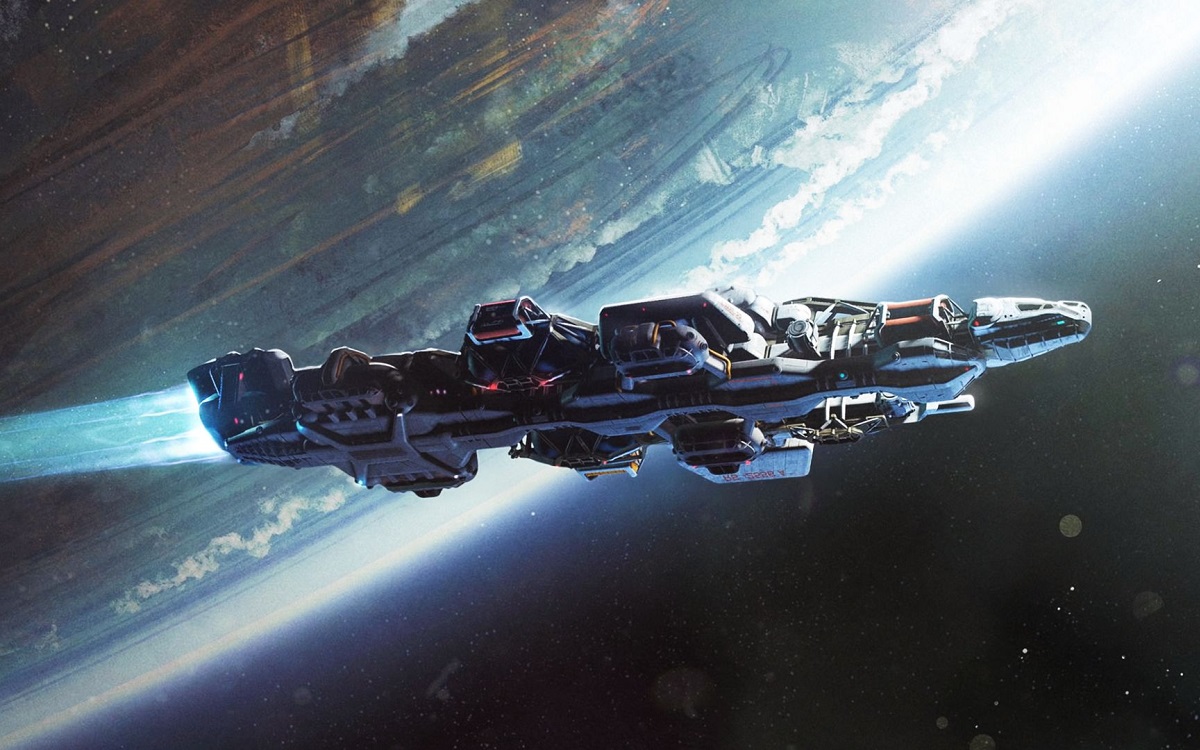
I could have spent another 100 hours with Starfield and I’m still not sure if I’d have managed to see everything. However, the 40 hours I’ve spent with the game have left me certain that this is a well-made game made by people who really do want to offer up the sort of RPG that most developers can’t find the resources for anymore. It’s titanic, and this is easy to see whether you’re running across frozen tundra trying to escape alien spiders or navigating a course around a fractured asteroid field.
But, I’m somewhat concerned about the soul of the game, which is largely absent. This soul - raptured away at some point as Starfield’s multitude of systems were layered into place - isn’t something you can touch, but it’s what I've come to blame for the fact that Starfield is almost completely devoid of character. There’s an entire universe to explore and you can go anywhere, but none of it feels like it’s anywhere.
The cities and planets might have a different aesthetics, but they often feel like the same place. New Atlantis’ shining spires and the cyberpunkish Neon couldn’t look more different, but they feel like the same place once you’ve adjusted to the look. Ultimately, Starfield feels like a game made for screenshots. It even has a great “Oblivion moment” when you step out of the mines that act as a tutorial. Sadly, in play it’s rare to find something truly breathtaking. There’s a wide range of sci-fi here, but it feels like the rougher edges have been sanded off, and what’s here is fun if uninspiring, competent enough that there’s rarely a misstep even as you seek to get to the bottom of every mystery the game throws at you.
I’ve enjoyed the time that I’ve spent with the game, and I fully expect scores and scores of people to be playing this for years. There’s so much here for willing captains who want to explore every different station, survey and map out every world. For me, I’ll be left looking up from the ground, wondering if a more interesting version of the game is out there in the stars somewhere.
Accessibility features
Slim picking here. You can turn on subtitles for dialogue and general play and also adjust the size of the text in the menus in Starfield, but otherwise, the accessibility options just offer you the chance to bring up ironsights (aim down sights) as a toggle option rather than requiring you to hold it.
A disappointing offering for a game with this much time and money poured into it.
How we reviewed
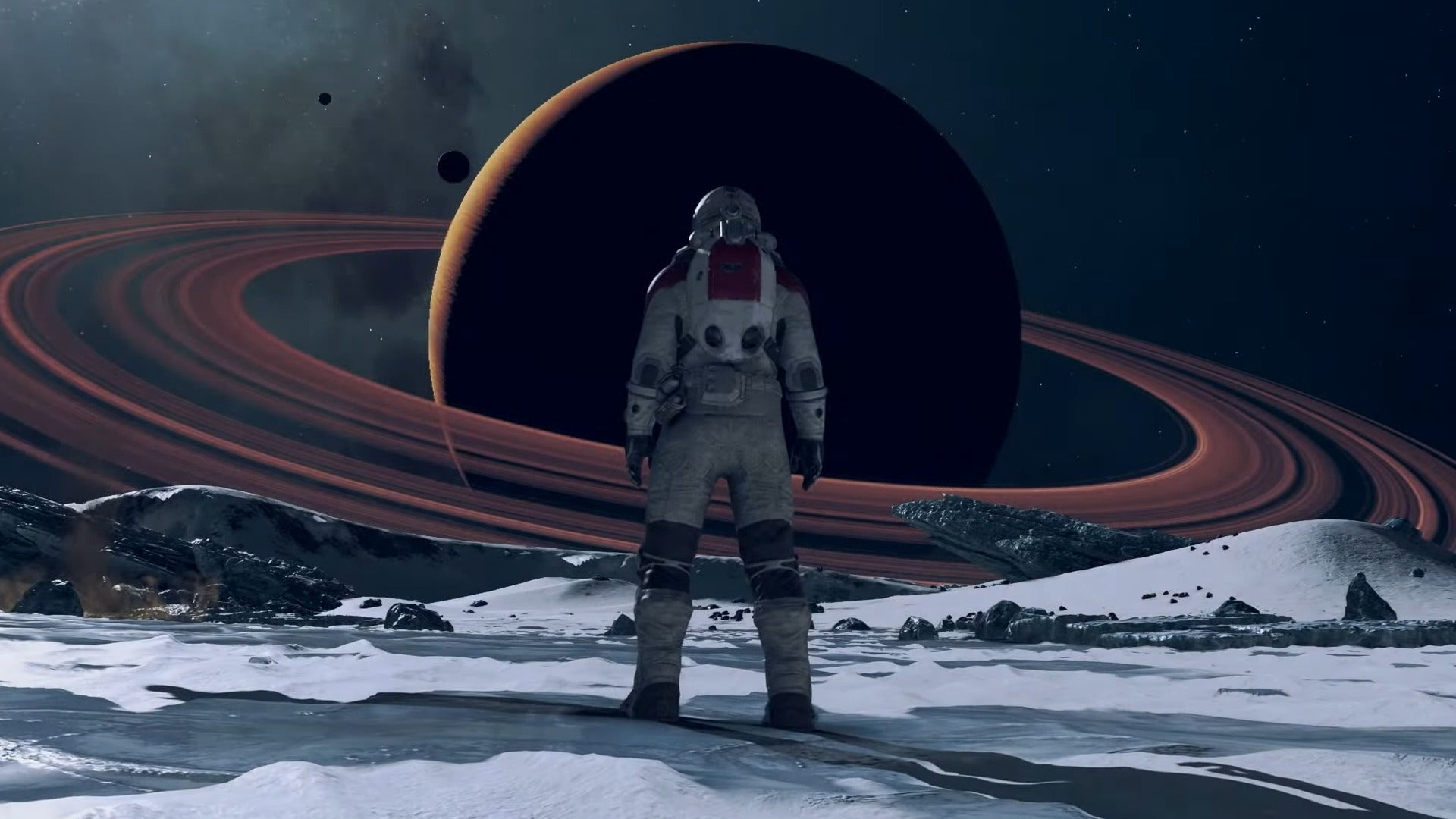
I played 45 hours of Starfield on the Xbox Series X, with a 4K HDR-ready TV, playing with an Xbox Elite Wireless Controller Series 2. During my play session, I did some main story and then decided to explore some random worlds and answer some distress beacons, ostensibly with the goal of getting enough money to buy a huge spaceship.
I eventually wasted that money fitting the biggest laser cannons of all time to my existing spaceship, but I regret nothing.
Our list of the best RPGs might be worth checking out if you're not sold on Starfield. But, if you're looking for a journey to share with friends, you might want to check out the best multiplayer games on PC too.

Jake Tucker is the editor in chief of TechRadar Gaming and has worked at sites like NME, MCV, Trusted Reviews and many more. He collects vinyl, likes first-person shooters and turn-based tactics titles, but hates writing bios. Jake currently lives in London, and is bouncing around the city trying to eat at all of the nice restaurants.
